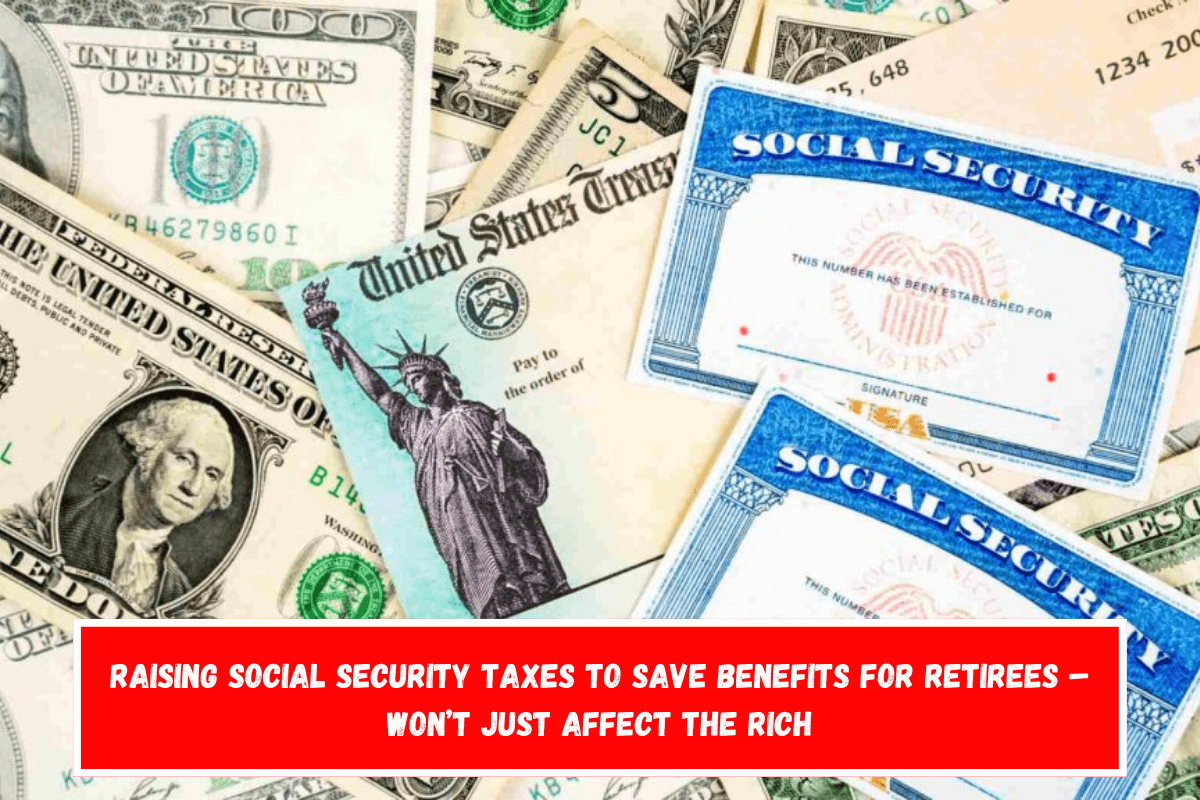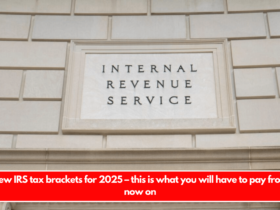During presidential elections, Social Security has always been one of the main issues people talk about. This year is no different. The subject has been brought up more than normal this year because, according to data from the Congressional Research Service, the Social Security Trust Funds will run out of money no later than 2035.
Not having enough money in the Trust Funds is not a new problem. In fact, politicians and experts have been worried about the program’s finances for years.
The reality of the Social Security financing crisis
Social Security has been around since 1933 and has helped retirees, disabled people, and their families stay financially safe for many years. Since the program exists, it helps more than 20 million people stay above the poverty line every year. Without it, more than half of Social Security recipients could fall back into poverty by 2045.
The method is called “pay-as-you-go,” and it works like this: people who are working now pay taxes on their income, which help retirees and other people who are eligible. One problem with the system is that there are now more recipients of benefits than workers to pay for them.
To pay for benefits, the program has been taking money from the Trust. This doesn’t mean that benefits would stop if the Trust ran out, but if Congress doesn’t move soon, they will only be able to pay out 83% of benefits.
There is a way out of the funding problem, which is to fix the program’s shortfall, but people on both sides of the political spectrum have come up with different ideas and no one has agreed on one.

Solutions to the program’s shortfall
To fix the program’s gap, both Republicans and Democrats have come up with ideas, and they’ve used the general election to get their points across.
In general, Republicans want to cut benefits and raise the retirement age to 70, but former President Donald Trump doesn’t seem to follow the party line. During the campaign, he made it clear that he would not “cut one penny from Social Security” or raise the retiring age.
However, he has not backed up these claims with a detailed plan. He has since changed his mind and said he would be open to cuts to Social Security, which is a clear contradiction of what he said before.
Democrats, like Vice President Kamala Harris, want to strengthen the program and make “millionaires and billionaires pay their fair share in taxes.”
Even though the party doesn’t have a full plan, the many bills they’ve introduced to raise taxes on the rich or tax a larger portion of income (in 2024, the most that Social Security payroll taxes can be raised is $168,000) can give people who are thinking about voting an idea of what they can expect.
An economist at the Economic Policy Institute named Monique Morrissey said, “People are shocked to learn that rich people don’t pay taxes above [the cap].”
One bill that President Biden put forward to close the gap was one that would have taxed all income over $400,000 for Social Security. Families whose income is between the cap and this amount would be exempt, and the program would get more money.
But Morrissey believes that it’s not enough and that all income should be taxed. He says, “The Democrats really need to break that promise [that they won’t raise taxes on people making less than $400,000].” When people see that their taxes are going to something that really helps them, they are happy to pay more.
Tax hikes, especially for the wealthy, are generally not liked by most people. That’s why politicians don’t like to put forward plans that include tax hikes. The head of the Retirement Security Project at the Brookings Institution, Gopi Shah Goda, supports a mixed approach. He says, “It’s perfectly reasonable to think about solving a problem with some mix of revenue increases as well as benefit reductions.”
Also See:- Goodbye to this dollar bills at Bank of America – They announce that they will no longer accept them















Leave a Reply